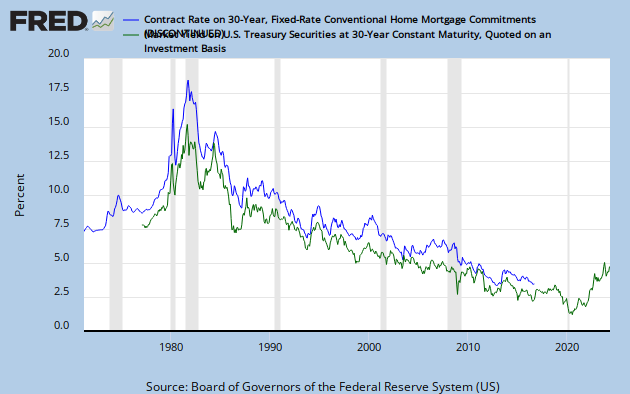The trade deficit numbers are out for June 2013 and have been very positive. Due to an oil boom, the trade deficit shrank 22% from around $44 billion in January 2013 to $34 billion in June 2013.
As you can see on Chart 1, the decrease in deficit was due to an increase in exports (red chart) and a decrease in imports (blue chart). This looks very promising, but I want to show that not all is well if you look into the details.
 |
| Chart 1: Import Vs. Export |
Let’s look deeper into these import and export numbers. Chart 2 gives the breakdown of the export numbers. The largest segments are “machinery and transport equipment”, “chemicals and related products” “mineral fuels and lubricants” and “re-exports”.
Chart 3 gives the breakdown of the import numbers. The largest segments are ‘machinery and transport equipment”, “mineral fuels and lubricants”, “miscellaneous manufactured articles”.
From these numbers we can deduct that the oil industry is indeed a very important segment that will influence the import and export numbers.
If we then further look at how these numbers evolve in time from January 2013 till June 2013 we have charts 4 and 5.
 |
| Chart 4: Exports (billion USD) |
 |
| Chart 5: Imports (billion USD) |
When analyzing the trends on charts 4 and 5, there is one segment that is worth noting. We see that exports of petroleum products (which are incorporated in the segment “mineral fuels and lubricants”) have been going up, while imports of the same have been going down. The reason for this can be found in the divergence of West Texas Intermediate (WTI) crude oil and Brent crude oil.
To continue reading this analysis: go here.













